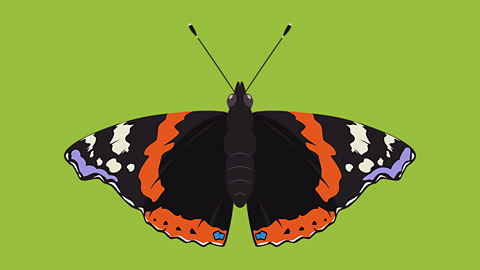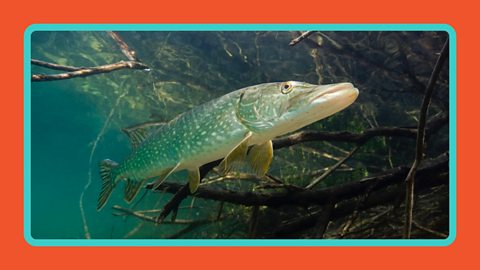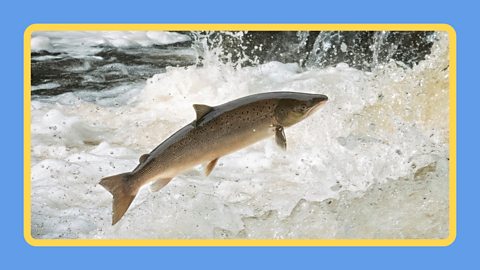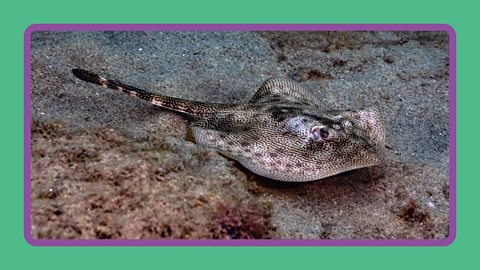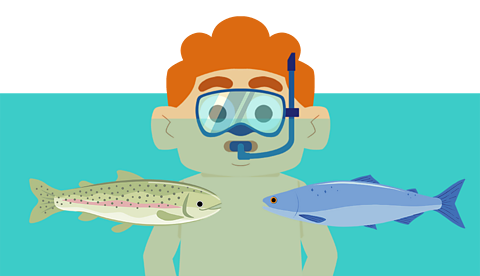
What are fish?
Fish are a type of animal that live in water.
They breathe oxygen underwater through their gills.
Fish can be found in freshwater, like ponds and streams, and also in salty seawater.

Vertebrates
Fish are one of the main five groups of vertebrates – animals that have a backbone inside their body.

Watch: How to identify a fish
Travel under the ocean to identify the different fish.
Fish come in so many different shapes and sizes, how can we tell what is actually a fish?
For a start, fish don't have legs and they live in water.
Also, they don't breathe air.
They have gills that allow them to breathe underwater.
Surprisingly most fish lay eggs.
Not hard like a chicken, but soft and lots of them.
Fish all have scales, even when they're newborn and tiny.
But even though they may be small to start with, they can grow to be huge.
No matter how big some fish may think they are, don't forget, sharks are also fish!
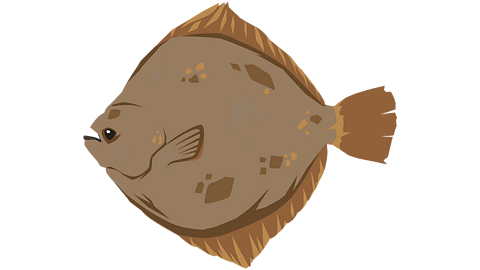
Fish facts
- Fish live in water.
- Fish can be found living in the salty seas and oceans, or in freshwater such as lakes, rivers or ponds.
- Fish have gills that allow them to breathe underwater.
- Fish are vertebrates, which means they have a backbone.
- Most fish are covered in scales.
- Fish have fins which help them to swim.
- Fish are cold-blooded which means they cannot control their body temperature.
- Most fish lay eggs.
- Some fish are carnivores and some are herbivores but most are omnivores and eat meat and plants.

Different types of fish
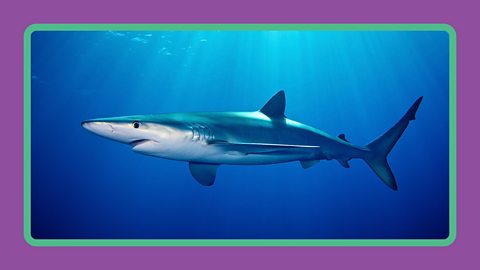
Image caption, Blue shark
The blue shark is a carnivorous fish that lives in deep oceans all around the world. They can swim fast and are very good at hunting other fish.
1 of 4
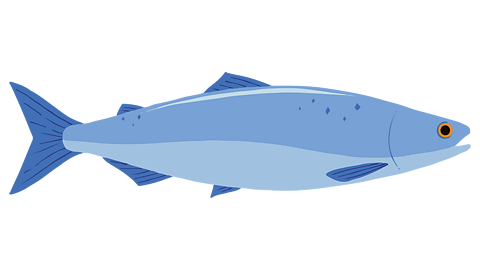
Did you know?
There are over 30,000 different types of fish in the world that have been discovered so far, although there could be lots more that haven't been found yet.
Fish don't have eyelids. They don't need to blink to keep their eyes moist, and they don't need to close their eyes because they don't sleep like other animals.

Watch – Different types of fish
From salmon to sharks - the different types of fish.
VOICEOVER: "Fish all live in water - some in the salty sea, and others in fresh water lakes and rivers.
They breathe through gills, little openings on the side of the head. Most fish are covered in scales that protect them and help them swim.
Salmon, born in British rivers, swim downstream to the sea and onto cooler water as far away as Canada. That's an amazing journey! Eventually, they'll go back to their own river, swimming and leaping back up to where they began life. Now, it's their turn to lay eggs that will hatch into young fish.
Tuna fish live in salty water. They're big. Sometimes even bigger than a man! And they're fast swimmers - just as well because sharks like to eat them.
Sharks hunt for food. They are predators. Inside their strong jaws are lots of strong pointy teeth. Pike are predators too and live in lakes. They have long, pointed heads and will lie, still and waiting, ready to catch a fish that's swimming close by.
Flat fish, like turbot and plaice, are good at hiding - they're camouflaged against the sandy bottom of the sea. A flat fish's mouth and both of its eyes are on one side of its body so it can see what's above it.
Angler fish live in deep water. they have what looks like a tiny fishing rod dangling over their mouth. Other fish come to see and get eaten.
Swimming together in shoals makes it harder for fish to be caught by predators but not by fisherman. Herring and mackerel swim in shoals.
Some fish never swim in the sea, or lakes, or rivers. They're pets, just like this goldfish."
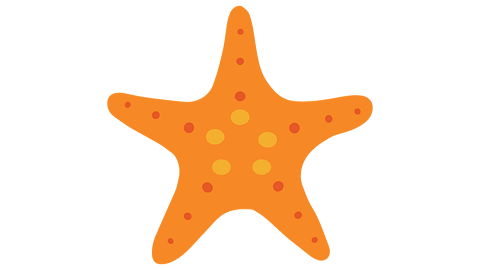
Did you know?
Some creatures have ‘fish’ in their name but aren't fish at all.
Starfish, jellyfish, cuttlefish, shellfish and crayfish aren't vertebrates and don't have a backbone so aren't actually real fish, even though they live in water.

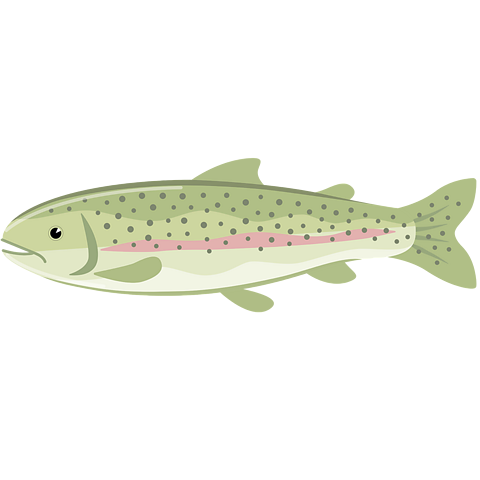
Important words
Carnivores – Animals which eat meat. Salmon, pike and tuna are all types of carnivorous fish.
Cold-blooded – Animals which become colder or hotter depending on the temperature around them.
Fish – A fish is a cold-blooded vertebrate that has fins and a tail, and which uses gills to breathe underwater.
Freshwater – Water which is found in lakes, ponds, rivers and streams.
Gills – An organ, similar to our lungs, which allow fish to breathe underwater.
Herbivores – Animals which eat plants. Parrotfishes are a species of herbivorous fish.
Migrate – To move from one place to another. Salmon migrate from freshwater rivers to the sea.
Omnivores – Animals which eat plants and meat. Catfish are an example of an omnivorous fish.
Scales – Scales are hard overlapping plates which cover an animal's body. Most fish have scales.
Vertebrates – Animals which have a backbone. All fish are vertebrates.

Activities
Activity 1 – Find the fish
Activity 2 – Quiz
Activity 3 – Sort the fish
Activity 4 – Fishy facts
Easter Holidays Activity Pack activity
Check out some Easter inspired activities to complete in the Easter Holidays, for KS1.

More on Animals including humans
Find out more by working through a topic
- count7 of 12
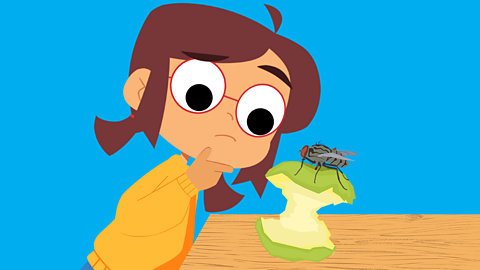
- count8 of 12

- count9 of 12

- count10 of 12
